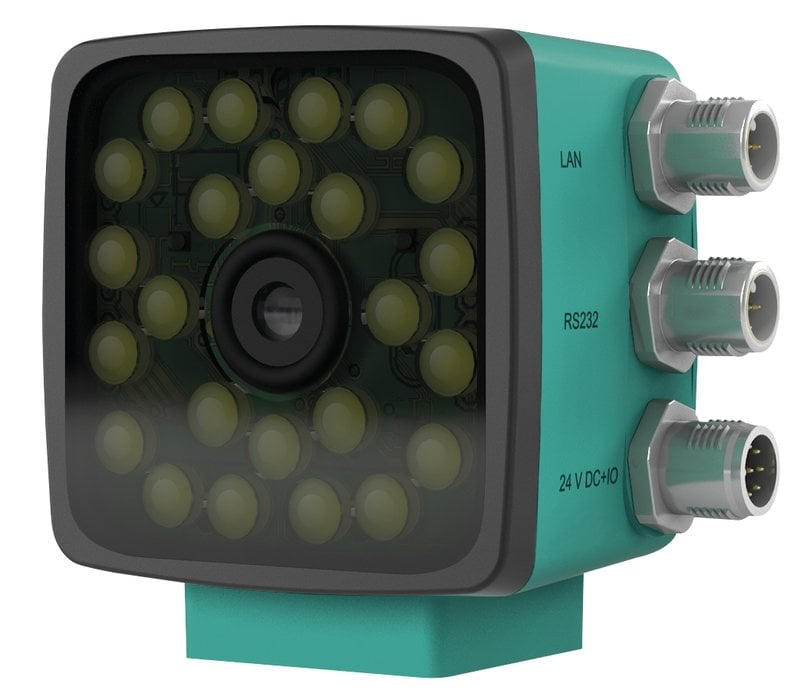www.industryemea.com
13
'14
Written on Modified on
New Code Readers Open up Wide Range of Applications : reliable readings on reflective surfaces using polarization filter
A new series of camera-based code readers now comes equipped with special polarization filter technology, which significantly expands the devices' application area. This is because the barcodes and Data Matrix codes are often located on shiny, reflective surfaces, which can significantly interfere with the read operation. The new code readers are reliable at suppressing these kinds of reflections and even enable fast, reliable readings on metallic material.

The new OPC120W and OPC120P Series 1-D code and 2-D code readers from Pepperl+Fuchs cover an exceptionally broad range of applications. The OPC120W models offer an excellent cost-benefit ratio and are all-rounders suitable for a host of standard applications at standard speeds. The OPC120P model is perfect for more difficult tasks: It can handle high-speed applications with movements up to 10 m/s or 100 readings/s, and is equipped with unique polarization filter technology. Reliable code reading is guaranteed on highly reflective surfaces, such as metals, plastics, PCBs, under films, and on curved surfaces. Other highlights offered by this device include a rotary encoder input for path synchronization and the ability to read barcodes up to 200 mm in length through multiple image capture. The high depth of focus enables readings over a long distance without needing to make parameter changes. Moreover, the code readers are available in a range of interfaces that include PROFINET, RS232, and Ethernet.
The OPC120 Series devices read the DataMatrix, Code 2/5, Code 39, Code128, EAN13, and Pharmacode code symbologies. In addition, they can detect varying textures, expiration dates, and the presence and position of logos. The code readers are characterized by many other features: These include outputting the code quality, automatically saving fault patterns, formatting the output string, and the match code function. These functions can be applied to up to four separate regions of the captured image. Its wide variety of features and protection category IP67 mean that the new code readers are suitable for a broad range of applications and industries.
Author: Dr.-Ing. Tim Weis, Product manager Industrial Vision Components, Pepperl+Fuchs GmbH

